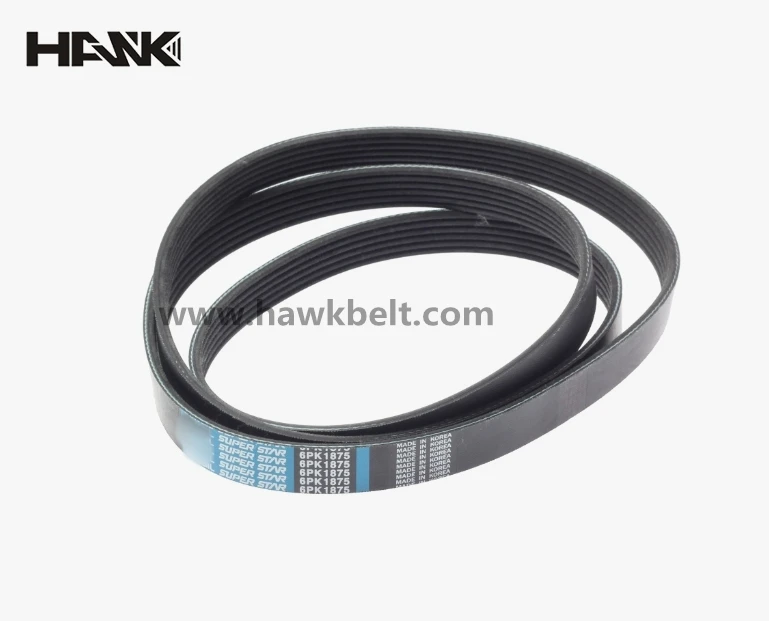- Arabic
- French
- Russian
- Spanish
- Portuguese
- Turkish
- Armenian
- English
- Albanian
- Amharic
- Azerbaijani
- Basque
- Belarusian
- Bengali
- Bosnian
- Bulgarian
- Catalan
- Cebuano
- Corsican
- Croatian
- Czech
- Danish
- Dutch
- Afrikaans
- Esperanto
- Estonian
- Finnish
- Frisian
- Galician
- Georgian
- German
- Greek
- Gujarati
- Haitian Creole
- hausa
- hawaiian
- Hebrew
- Hindi
- Miao
- Hungarian
- Icelandic
- igbo
- Indonesian
- irish
- Italian
- Japanese
- Javanese
- Kannada
- kazakh
- Khmer
- Rwandese
- Korean
- Kurdish
- Kyrgyz
- Lao
- Latin
- Latvian
- Lithuanian
- Luxembourgish
- Macedonian
- Malgashi
- Malay
- Malayalam
- Maltese
- Maori
- Marathi
- Mongolian
- Myanmar
- Nepali
- Norwegian
- Norwegian
- Occitan
- Pashto
- Persian
- Polish
- Punjabi
- Romanian
- Samoan
- Scottish Gaelic
- Serbian
- Sesotho
- Shona
- Sindhi
- Sinhala
- Slovak
- Slovenian
- Somali
- Sundanese
- Swahili
- Swedish
- Tagalog
- Tajik
- Tamil
- Tatar
- Telugu
- Thai
- Turkmen
- Ukrainian
- Urdu
- Uighur
- Uzbek
- Vietnamese
- Welsh
- Bantu
- Yiddish
- Yoruba
- Zulu
Nov . 10, 2024 11:25 Back to list
Understanding the Mechanisms of a Car's Belt Drive System and Its Importance
Understanding the Car Belt Drive System
The automotive industry has evolved remarkably over the years, with various components working in harmony to ensure vehicle efficiency and performance. One of the integral mechanical systems in modern cars is the belt drive system, which plays a critical role in the operation of essential engine components.
At its core, a belt drive system primarily transfers power from the engine's crankshaft to different accessories, including the alternator, water pump, power steering pump, and air conditioning compressor. This system predominantly consists of engine belts, pulleys, and tensioners that work together to convert the rotational force generated by the engine into usable power for other components.
Types of Car Belt Drives
There are two main types of belt drive systems used in vehicles the V-belt and the serpentine belt. Each has its unique characteristics and applications.
1. V-Belt Traditionally, many older cars utilized multiple V-belts, which have a 'V' shaped cross-section. These belts connect various components separately, meaning the failure of one belt could lead to the malfunction of just one accessory. While V-belts are easy to replace, their complexity increases with the number of components they drive. However, as technology progressed, this system has gradually been phased out in favor of more efficient designs.
2. Serpentine Belt The serpentine belt revolutionized the belt drive system by consolidating multiple belts into a single continuous loop that winds around various pulleys. This design simplifies maintenance, reduces the number of components, and enhances the overall efficiency of the engine. The serpentine belt is designed to be more durable and can withstand higher wear, which is crucial in today's high-performance engines.
Functionality and Benefits
car belt drive

The primary role of the belt drive system is to ensure the smooth operation of essential components in the engine. By effectively transferring power, these belts help maintain proper vehicle function, regulate engine temperature through the water pump, and provide electrical power via the alternator.
One significant advantage of the belt drive system is its versatility. The design allows for easy access to components, making routine inspections and replacements more manageable. Furthermore, a well-maintained belt drive system can lead to improved fuel efficiency and decreased emissions, as the engine operates more smoothly.
Maintenance Considerations
Ensuring the longevity of a car's belt drive system is crucial for the overall health of the vehicle. Regular maintenance checks should include inspections for wear and tear, misalignment, and proper tension of the belts. Signs of a failing belt may include squeaking noises, visible cracks or fraying, and, in some cases, illuminated warning lights on the dashboard.
Replacing a worn or damaged belt before it breaks is vital, as a failed belt can lead to a chain reaction of issues, including overheating engines and loss of power steering, all of which can be expensive to repair. Most manufacturers recommend replacement every 60,000 to 100,000 miles, but this can vary based on driving conditions and habits.
Conclusion
The car belt drive system is a vital aspect of automotive engineering that plays a pivotal role in the performance and efficiency of vehicles. Understanding its components and function can empower car owners to maintain their vehicles better and make informed decisions when it comes to repairs and replacements. With regular care and attention, a car’s belt drive system can ensure reliable operation and contribute to an enjoyable driving experience, reflecting the intricate balance of engineering and technology at work.
-
Korean Auto Parts Timing Belt 24312-37500 For Hyundai/Kia
NewsMar.07,2025
-
7PK2300 90916-T2024 RIBBED BELT POLY V BELT PK BELT
NewsMar.07,2025
-
Chinese Auto Belt Factory 310-2M-22 For BMW/Mercedes-Benz
NewsMar.07,2025
-
Chinese Auto Belt Factory 310-2M-22 For BMW/Mercedes-Benz
NewsMar.07,2025
-
90916-02660 PK Belt 6PK1680 For Toyota
NewsMar.07,2025
-
drive belt serpentine belt
NewsMar.07,2025

